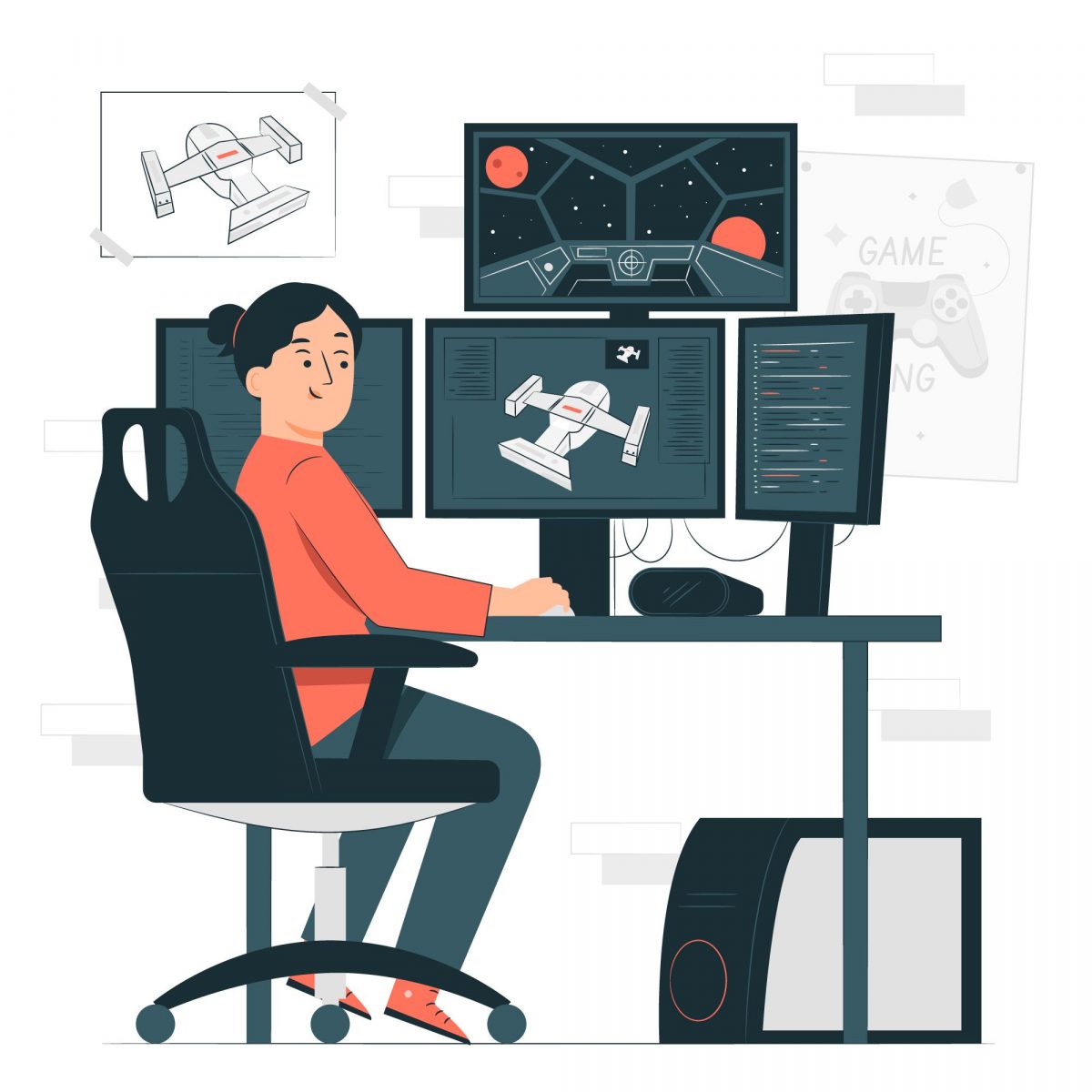
Introduction
The world of gaming has evolved tremendously over the years, and with the advancement of technology, the demand for skilled professionals in the industry has skyrocketed. One such profession that has gained prominence is that of a 3D game artist. In this article, we will explore the essential skills required to excel in this exciting and creative field.
H1: Mastering the Art of 3D Modeling
To embark on a successful journey as a 3D game artist, you must first master the art of 3D modeling. This is the foundation of your work, and it involves creating three-dimensional objects and characters that will be integrated into the game’s environment. Proficiency in software like Blender, Maya, or 3ds Max is crucial.
H2: Texturing and UV Mapping
In addition to 3D modeling, understanding texturing and UV mapping is vital. Texture artists breathe life into models by adding realistic textures to surfaces. You must be skilled in creating diffuse maps, specular maps, and normal maps, and understand how UV mapping works to ensure textures align correctly on 3D models.
H3: Rigging and Animation
Rigging and animation are essential aspects of 3D game artistry. Rigging involves creating skeletons or rigs for characters, allowing them to move realistically. Animation, on the other hand, brings characters and objects to life through movement. Proficiency in software like Autodesk Maya for character rigging and animation is highly beneficial.
H4: Understanding Game Engines
To excel as a 3D game artist, you must have a good grasp of game engines such as Unity and Unreal Engine. These engines are the frameworks that bring your 3D art into the gaming world. Learning how to work within these environments is crucial for creating interactive and visually stunning games.
Unity Engine Games: Unleashing Creativity and Innovation in the Gaming World
Mastering the Art of 3D Animation: Beginner-Friendly Techniques
H3: Strong Artistic Skills
Apart from technical knowledge, strong artistic skills are imperative. You should have an eye for detail, a sense of aesthetics, and the ability to create visually appealing game assets. Whether it’s designing landscapes, characters, or objects, your artistic talent will set you apart.
H2: Problem-Solving Abilities
The world of game development is rife with challenges. As a 3D game artist, you’ll often encounter technical issues and creative roadblocks. Developing strong problem-solving skills is essential to overcome these hurdles and ensure the smooth progression of your projects.
H1: Collaboration and Communication
In the gaming industry, teamwork is key. You’ll often collaborate with game designers, programmers, and other artists. Effective communication and the ability to work in a team are vital for bringing the collective vision of the game to life.
The Role of Creativity in 3D Game Artistry
Creativity is the lifeblood of any 3D game artist. It’s not just about technical proficiency but also about thinking outside the box. Your ability to innovate and come up with fresh ideas can make your game assets stand out and leave a lasting impression on players.
Conclusion
Becoming a 3D game artist is an exciting and rewarding journey, but it requires a diverse skill set. From mastering 3D modeling to honing your artistic skills and problem-solving abilities, there’s a lot to learn and explore. Embrace the challenges, nurture your creativity, and you’ll be well on your way to crafting immersive gaming experiences.
FAQs
FAQ 1: Can I become a 3D game artist without formal education?
While formal education can be beneficial, many successful 3D game artists are self-taught. It’s more about your skills and portfolio than your degree.
FAQ 2: How long does it take to become proficient in 3D game artistry?
The timeline varies, but it often takes several years of dedicated practice and learning to become proficient in this field.
FAQ 3: What software should I start with as a beginner in 3D modeling?
For beginners, Blender is an excellent starting point. It’s free, powerful, and widely used in the industry.
FAQ 4: Do 3D game artists work on both indie and AAA games?
Yes, 3D game artists can work on a wide range of games, from small indie projects to large AAA titles.
FAQ 5: Are there opportunities for freelance 3D game artists?
Absolutely! Many freelance opportunities exist in the gaming industry, allowing artists to work on a variety of projects and gain experience.


















Leave a Comment